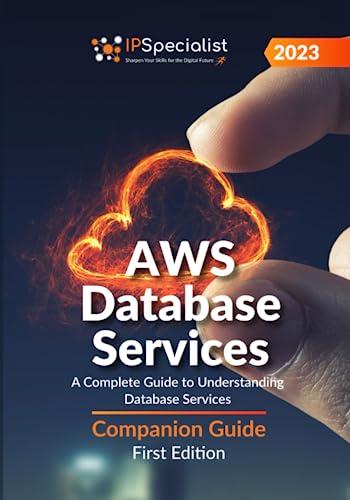Question
1. Principle function of SDN network devices are (is): A.Control support function- the switch communicates with the controller and the controller manage the switches via
1. Principle function of SDN network devices are (is):
A.Control support function- the switch communicates with the controller and the controller manage the switches via OpenFlow switch protocol.
B.Data forwarding function accept incoming data flows from other network devices and end systems and forwards them along the data.
C.Data learning function receive the incoming data flow and learn the addresses to look up the table to move then to forwarding state.
D.All of the above
E.A&b
2.OpenFlow protocol enables the controller to perform, add, update, and delete actions to the flow entries in the flow table. It support the following types of messages:
A.Controller to Switch- to manage logical state of switch
B.Asynchronous- various status messages from switch to controller, or no flow table match
C.Symmetric - this from controller or switch like hallo, Echo.
D.All of the above
E. A&C
3. OpenFlow protocol enable the controller to manage the logical structure of a switch and provides the SDN controller with the following types of information to be used in managing the network:
A.Event-based massage- sent by switch to the controller when a link or port change occur.
B.Flow Statistics- generated by switch based on traffic flow, which enable the controller to monitor the traffic, reconfigure the network as needed, and adjust the flow parameter for QoS.
C.Encapsulated packets- sent by switch to the controller for explicit action to send flow or switch needs information for establishing new flow.
D.All of the above
E. A&B
4.SDN can be defined by the following fundamental abstractions:
A.Forwarding- an abstract forwarding model that shields higher layers form forwarding hardwires.
B.Distribution- a global network view that shields higher layers form state dissemination or collection.
C.Specification- an abstraction network view that shields application program from details of physical network.
D.All of the above.
E. A&C
5.Defense4All uses common techniques for defending against DDoS attacks, which consists of the following elements:
A.Collection of traffic statistics and learning of statistics behavior of protected objects during peacetime.
B.Detection of DDos attack patterns as traffic anomalies deviating from normal baseline.
C.Diversion of suspicious traffic from its normal path to attack mitigation systems (AMS) for traffic scrubbing, selective source blockage.
D.All of the above
E. B&C
Step by Step Solution
There are 3 Steps involved in it
Step: 1

Get Instant Access to Expert-Tailored Solutions
See step-by-step solutions with expert insights and AI powered tools for academic success
Step: 2

Step: 3

Ace Your Homework with AI
Get the answers you need in no time with our AI-driven, step-by-step assistance
Get Started


